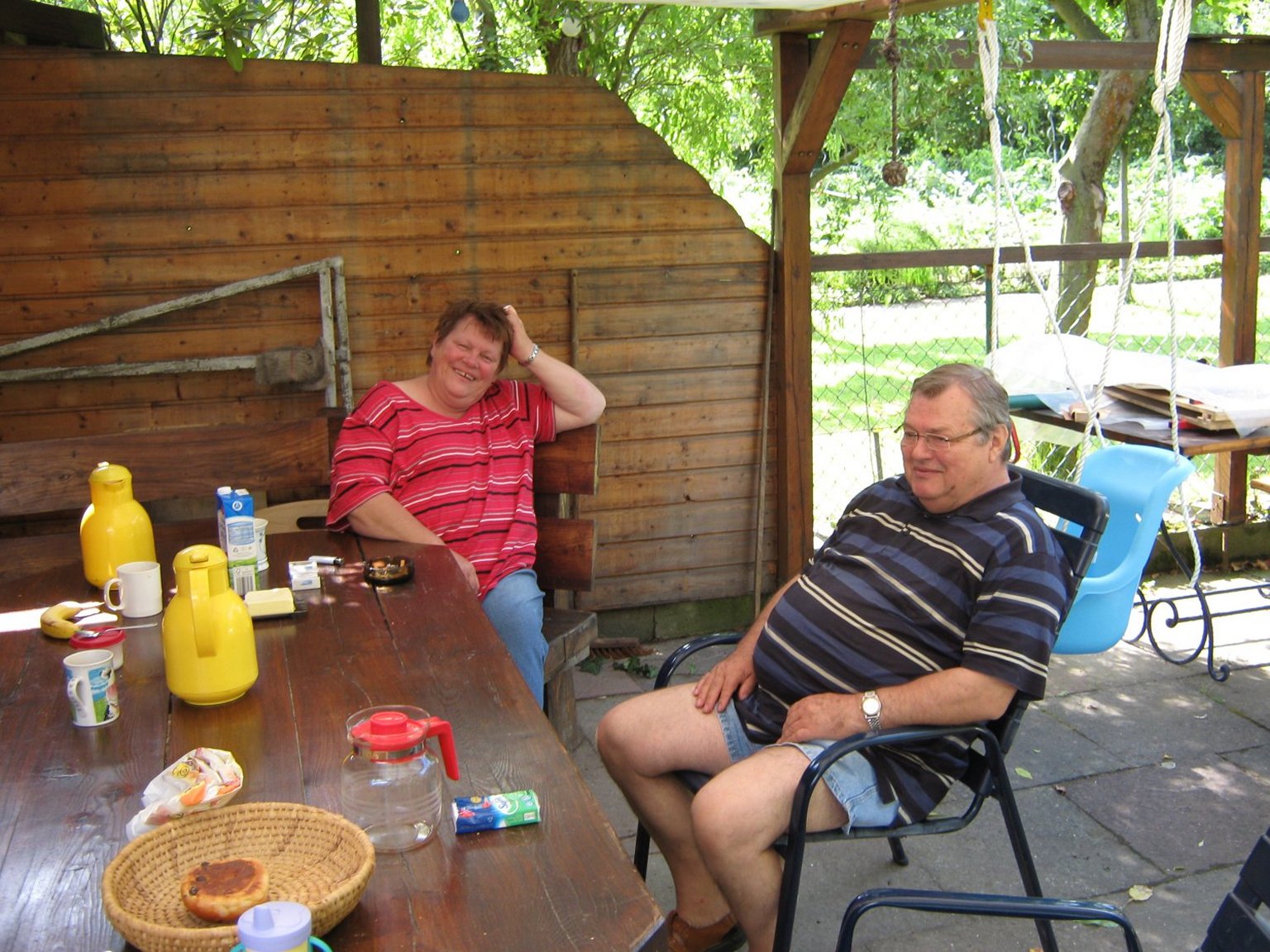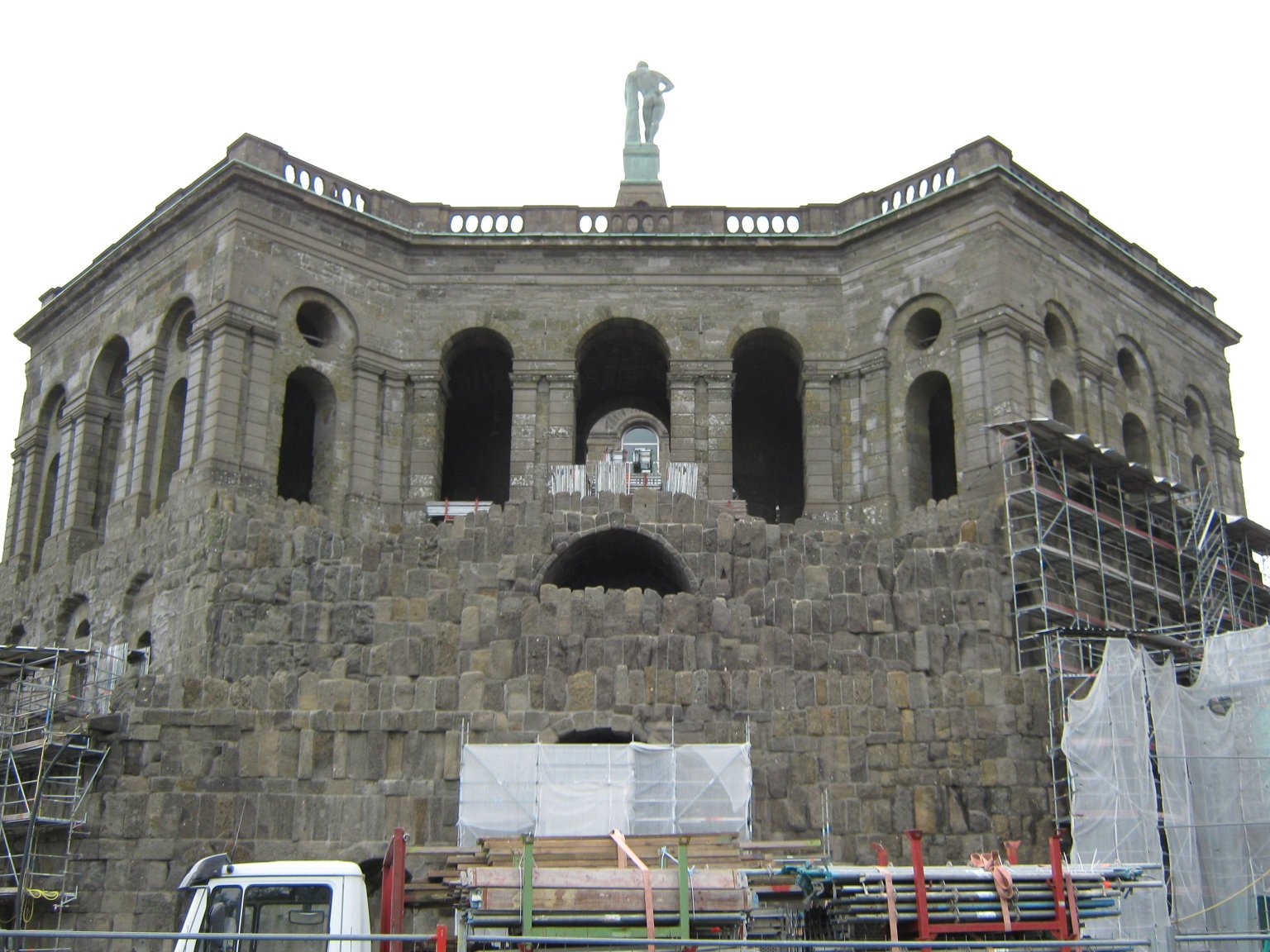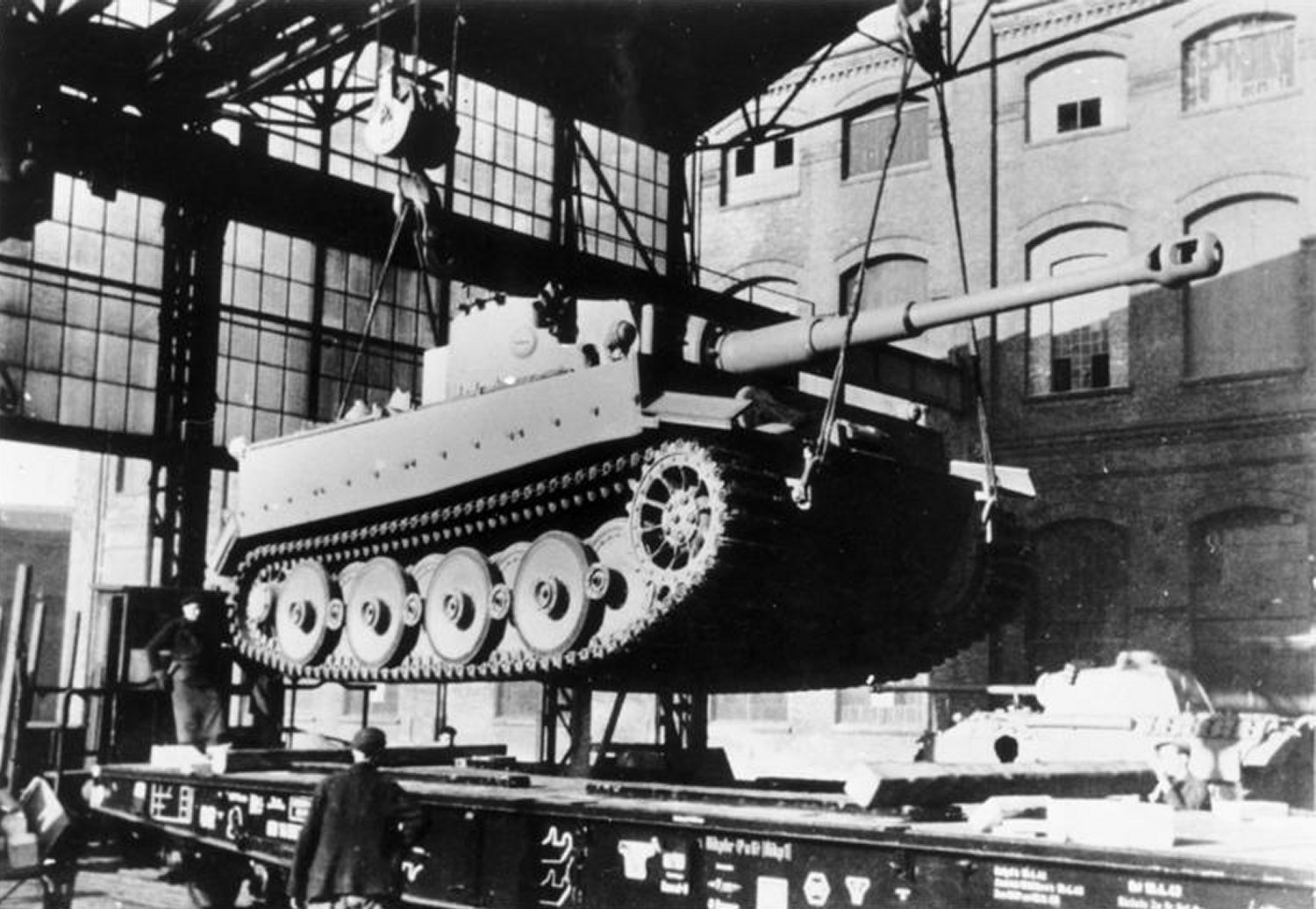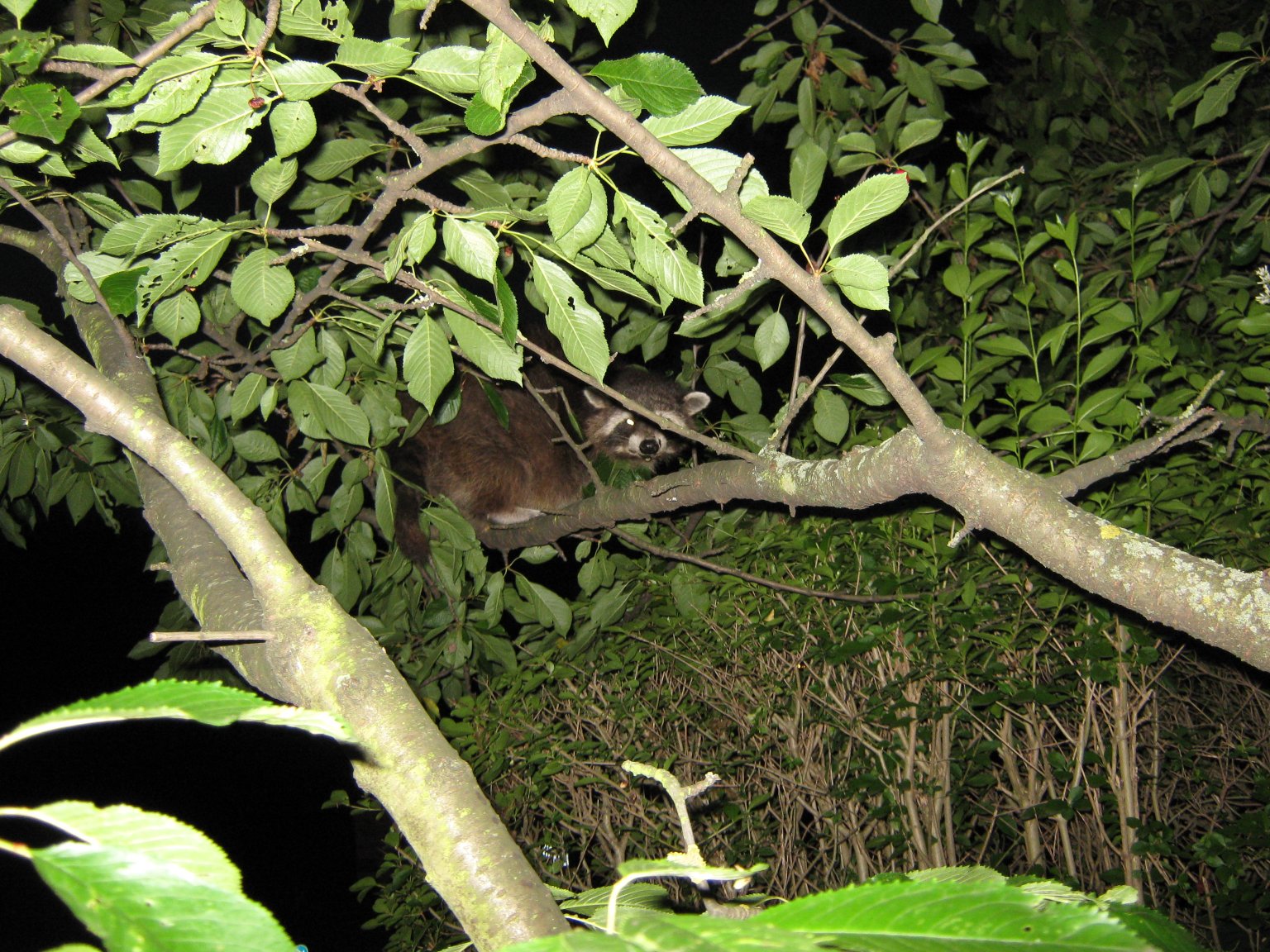

In June we visited our friends Wolfgang and Irene in Kassel. This has become a more or less regular pilgimage for us over the years, even when we were living in England. The city of Kassel is approximately 300 kilometres due south of Hamburg, and is located on the Fulda river. Kassel is famous for the documenta – an exhibition of contemporary art the takes place every five years. It is also home to many palaces and parks, and was once home to the famous Brothers Grimm, who collected and wrote most of their fairy tales there.

My favourite haunt in Kassel is the Herkules Denkmal (Hercules monument), located in the Bergpark Wilhelmshöhe (Wilhelmshöhe Mountainpark). The Herkules is a statue made from copper that depicts the Greek mythological figure Hercules, although the name is generally taken to refer to the monument on top of which the statue rests and not just the statue itself. The monument, which is over 70 metres high, overlooks the city of Kassel, and is the highest point in the Bergpark Wilhelmslöhe.
Unfortunately, the monument itself was closed off on the occasion of our 2012 visit, renovation work having started the year before, so we weren’t able to climb the 520 steps to the top (which was probably just as well!). In June 2013, UNESCO officially granted both the Herkules and the Bergpark World Heritage status.

During WW2, Kassel was the centre for, among other activities, tank production, and as a result was heavily bombed by the Allies. Sad to say, the biggest aid raid mounted on the city killed large numbers of civilians whilst leaving most factories virtually untouched. The company responsible for tank production was Henschel und Sohn.
The company has since been taken over several times and is now Bombardier, who continue to produce military vehicles and locomotives, among other things. Wolfgang’s and Irene’s house is right over the road from the gates of the Bombardier plant, and we have been awoken early in the morning on more than one occasion by the sound of very large (and very loud) engines being tested.

Wolfgang has a really nice garden in which we have enjoyed a barbecue (and plenty of beer) on more than one occasion. One evening, we were introduced to the local “bandits” – or at least, one of them. Unbeknownst to me at the time (but apparently knownst to everybody else), large swathes of central and southern Germany are infested with Waschbären (racoons).
The racoons were originally brough to Germany from America in around 1920 to be bred for their fur, but were allegedly introduced to the wild as game for hunters. Unfortunately, the raccon population has, since that time, grown to plague proportions, and they now create havoc, breaking into dustbins and causing damage to property. This one was busy helping himself to the fruit on one of Wolfgang’s cherry trees.